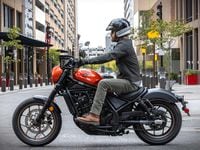Choosing the right brake fluid is as simple as reading the cover of your master cylinder—the manufacturer has the preferred DOT (Department of Transportation) type stamped there. This nomenclature calls for DOT 3, 4 or 5 fluids, which are classified by temperature range and viscosity.
The difference between DOT 3 and 4 is the boiling point—DOT 4’s higher rating means it doesn’t boil as quickly. DOT 5 fluids have ratings too, but they’re silicone-based and don’t absorb water like DOT 3 or 4. This might seem like a good thing, but with DOT 5, any water that gets into the system can have a nasty interaction with the silicone. Unless your system is designed for DOT 5, don’t even think about using it. And don’t ever mix DOT 5 with DOT 3 or 4.
Nonsynthetic brake fluids are hygroscopic, meaning they absorb water—as their moisture content goes up, their boiling point goes down. When the water trapped in the braking system turns to vapor, it creates tiny pockets of compressible gas, reducing efficiency. That's why it's crucial to change and flush brake fluid on a regular basis. Always use new fluid from an unopened bottle so you can be sure it won't be contaminated with water. Most fluid manufacturers recommend against mixing brands and classifications because some chemicals may not be compatible. Before you add anything, check any stickers or warnings on the bike for additional information.
/cloudfront-us-east-1.images.arcpublishing.com/octane/MXAKZBT5QLXPGBINQ7ZNFNMIWQ.jpg)
/cloudfront-us-east-1.images.arcpublishing.com/octane/OQVCJOABCFC5NBEF2KIGRCV3XA.jpg)
/cloudfront-us-east-1.images.arcpublishing.com/octane/F3O2DGLA4ZBDJGNVV6T2IUTWK4.jpg)
/cloudfront-us-east-1.images.arcpublishing.com/octane/ZXYQE3MHLFDSPKNGWL7ER5WJ4U.jpg)
/cloudfront-us-east-1.images.arcpublishing.com/octane/RDF24VM7WVCOBPIR3V3R4KS63U.jpg)
/cloudfront-us-east-1.images.arcpublishing.com/octane/W7RSIBFISNHJLIJESSWTEBTZRQ.jpg)
/cloudfront-us-east-1.images.arcpublishing.com/octane/AERA26ENRNBW3K324YWCPEXYKM.jpg)
/cloudfront-us-east-1.images.arcpublishing.com/octane/YWX3YX7QBBHFXFDMEEEKRG4XJE.jpg)
/cloudfront-us-east-1.images.arcpublishing.com/octane/I7OKI53SZNDOBD2QPXV5VW4AR4.jpg)
/cloudfront-us-east-1.images.arcpublishing.com/octane/IH52EK3ZYZEDRD3HI3QAYOQOQY.jpg)
/cloudfront-us-east-1.images.arcpublishing.com/octane/K2FSAN7OWNAXRJBY32DMVINA44.jpg)
/cloudfront-us-east-1.images.arcpublishing.com/octane/G4XK7JL24FCUTKLZWUFVXOSOGE.jpg)
/cloudfront-us-east-1.images.arcpublishing.com/octane/JJNXVAC27ZCDDCMTHTQZTHO55Y.jpg)
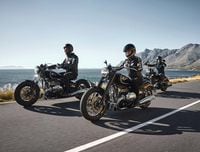
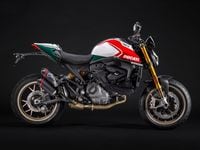
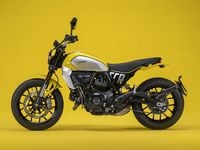
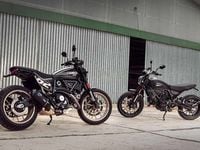
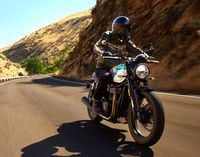
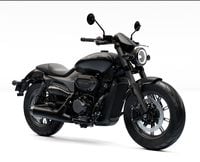

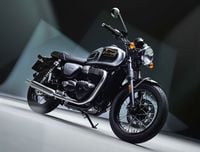


/cloudfront-us-east-1.images.arcpublishing.com/octane/3VSTLPKOHNFTRJTIAAXDPGCPA4.jpg)
